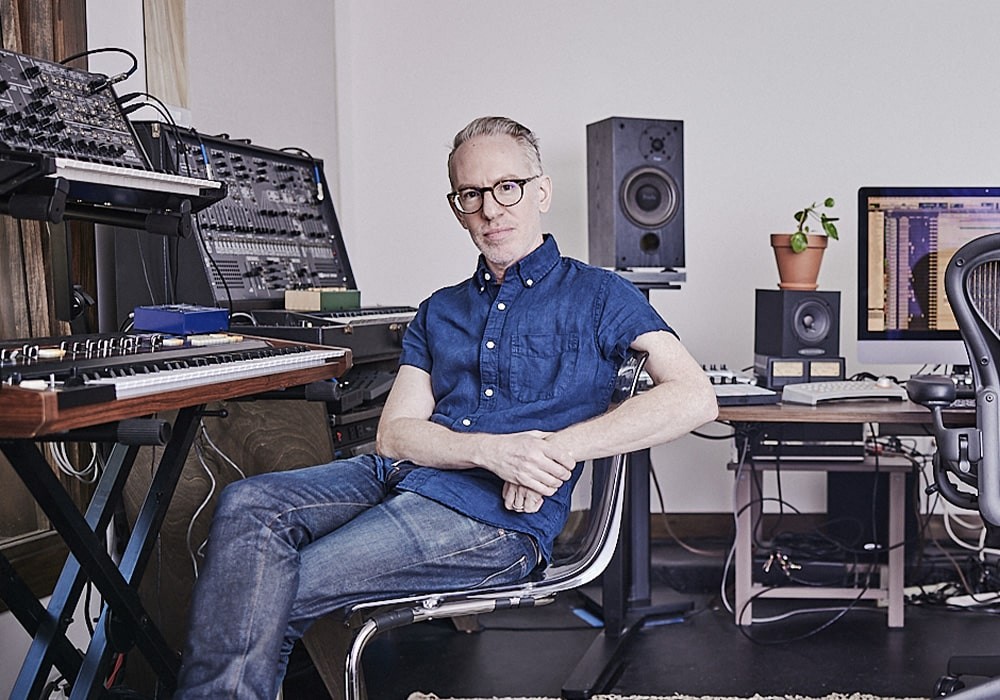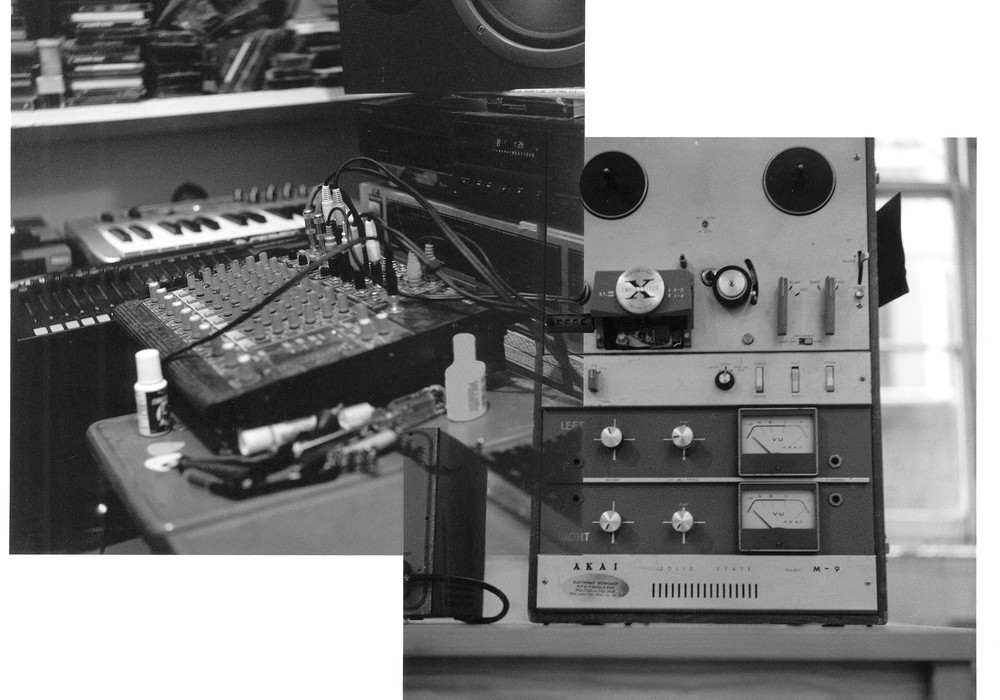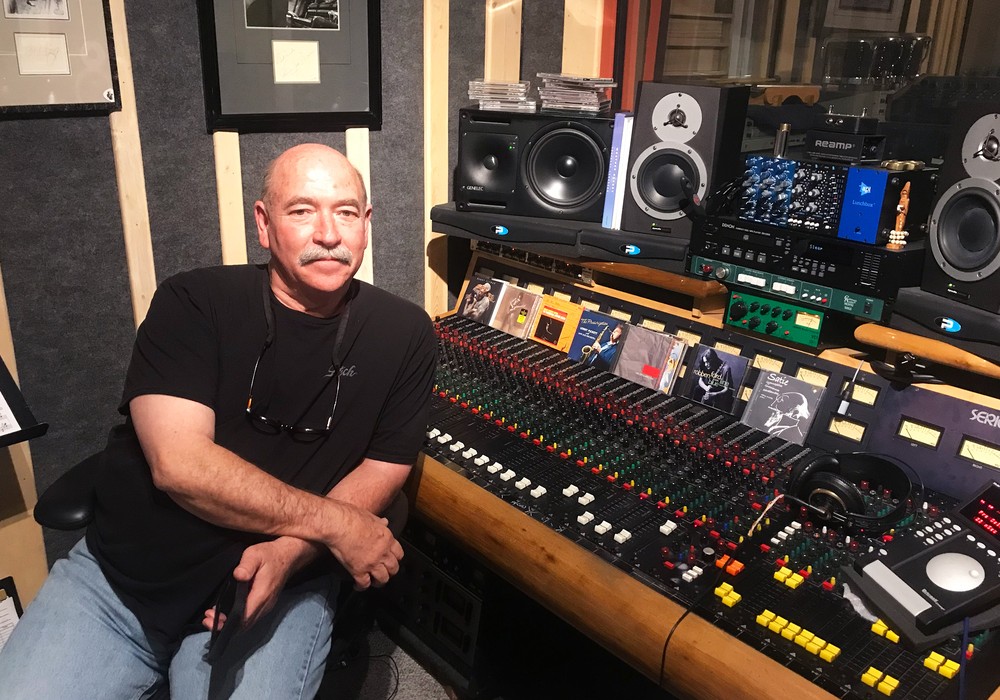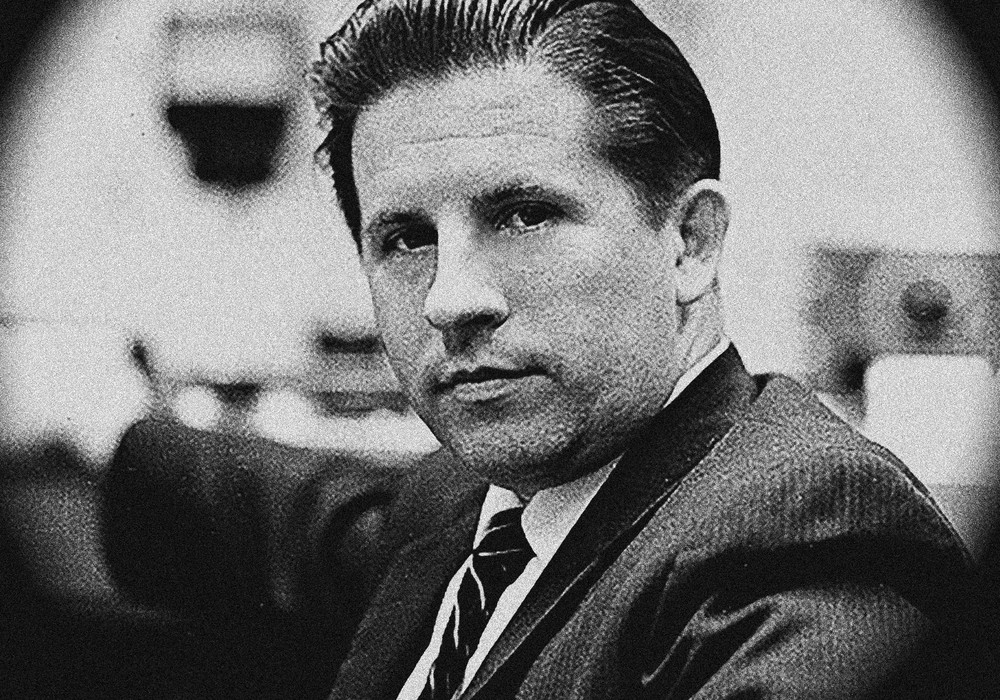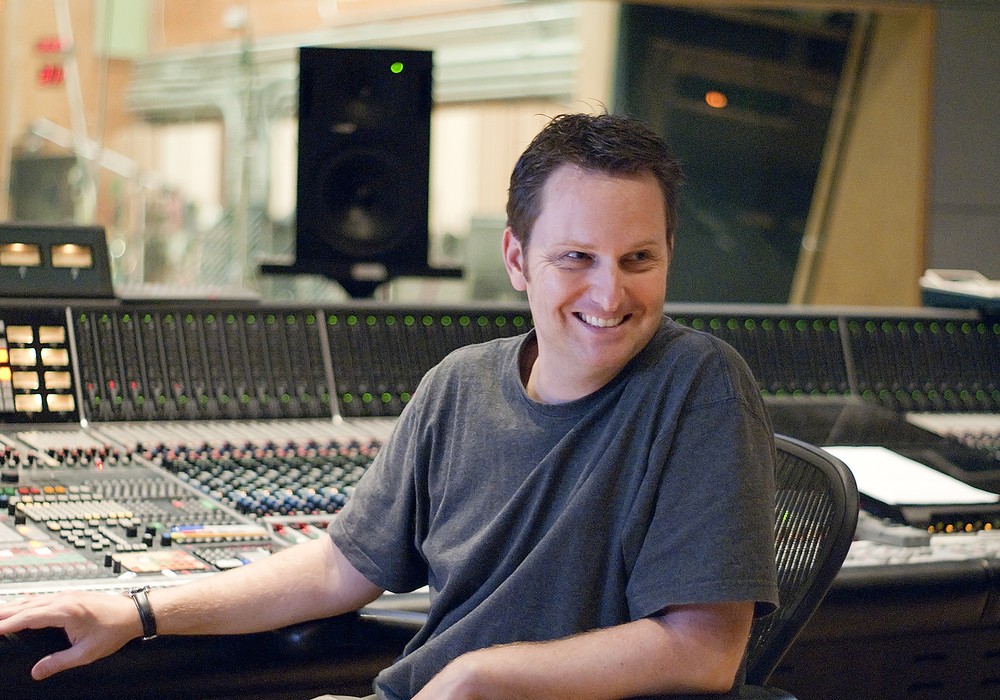David Bock has fostered (and weathered) the changes in the microphone marketplace over the last 14 years, first as cofounder and main designer for Soundelux Microphones and now with his own Bock Audio Designs. Bock's goal of uncompromised design has led to some truly great mics, including the 195, 251, 151 and the curiously designed 5-ZERO-7.
What's your history?
I started recording professionally when I was 18, while I was in college. My job was to record recitals. We had a couple of Neumann M 269 [mics], Neumann SM 2 [stereo mic], and an Ampex 440 [tape deck] and a mixer — seat-of-the-pants recording. If you don't do a good job, you don't get paid. It was great. I went for music study and eventually ended up in recording in San Francisco at Hyde Street Studios in the mid 80s. I was doing tech work and engineering.
Did the tech work come along naturally?
I've been soldering since I was seven, fixing things that had bad soldered joints and whatnot. I don't know if that's legal anymore to let a seven-year-old touch a soldering iron!
Or to inhale those fumes!
I was into ham radio in high school and I was in bands. I came from the musical side, but always had that technical bent. I built a synthesizer when I was in high school. I couldn't have afforded it otherwise! It was the same with microphones. Back in the '90s I couldn't afford then what was a horrifically expensive $5,000 [Neumann] U 47. So the idea of the new company was, "There's got to be a way to duplicate this."
Is that what set you on the path?
When I was at Hyde Street a guy who was working for Dan Alexander — Garry Creiman — showed me the ins and outs of basic microphone repair. Because of that I didn't have the same fear of microphone repair that the other techs seemed to have, and there's always a demand for that job. They had a good collection of vintage mics. I did more of that at Ocean Way [Recording] some 20 years ago. I was the day tech at Ocean Way for four years. After that I started working for a post company. I met up with one of the owners of Soundelux and we started Soundelux Microphones. I'm not going to go into that long history, but we started a microphone company in 1995. It used everybody's favorite term — "imported parts." In the years from '95 to '98 I perceived an explosion of Chinese re-branded microphones that were potentially the same thing. I didn't want to be caught up in that, and it really wasn't what I wanted to build in the first place anyway. So I started moving the company towards recreating the vintage mics that I used as an engineer.
Because you knew there was a scarcity.
I had a studio in Hollywood and it was an obvious need. In 1995 there were maybe five models of tube microphones that you could buy new. Now there are hundreds. I started on the engineering side behind the console. To me, it didn't matter what material we were working on. It was an obvious preference for the musician, and for me, to use tube microphones. They just did the job better. You could have a pile of them up, all the faders up and it wouldn't sound bad. The transistor mics I didn't like as much. That's before I'd studied enough design to understand why.
What did you eventually feel was the reason for that?
There are piles of problems. First of all, FET mics should never have never been standardized with phantom power. They should have had their own power supplies like tube mics do. That would have been a huge improvement right there. They're so finicky that they need to be specially treated. There is no simple FET circuit that works perfectly — not like a tube where you can throw a triode on a good capsule and you've got a halfway decent mic.
The inside of a tube mic is actually a airly simple circuit.
Yes. And, in fact, if you look at the latest mic — the 5- ZERO-7 — it's an exercise in incredible simplicity. But it needs to be done perfectly. Sort of like fine dining — it really requires the best ingredients. Tube mics are very simple, often deceptively so, which works for me in this market.
And you make FET mics.
I make one...
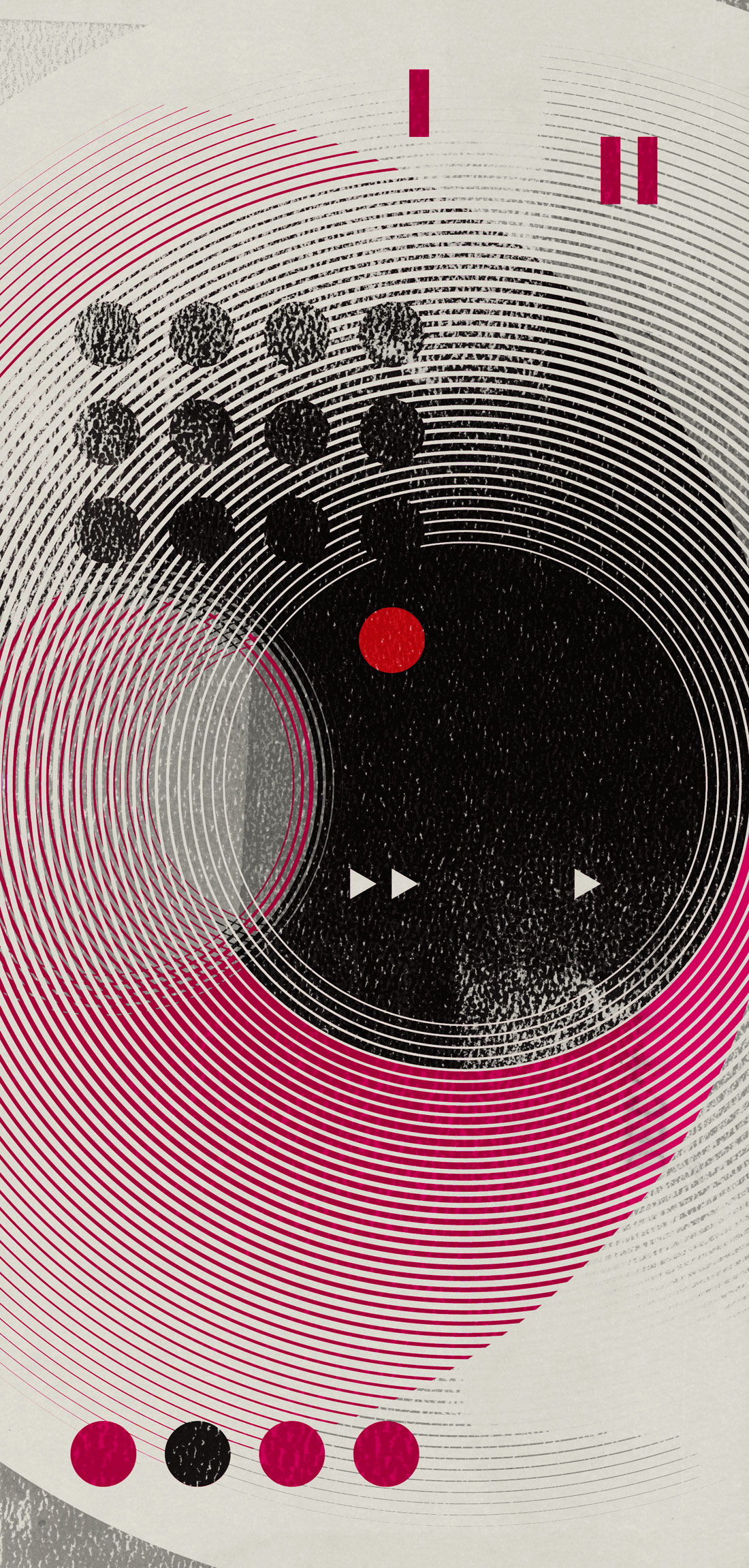



_disp_horizontal_bw.jpg)
